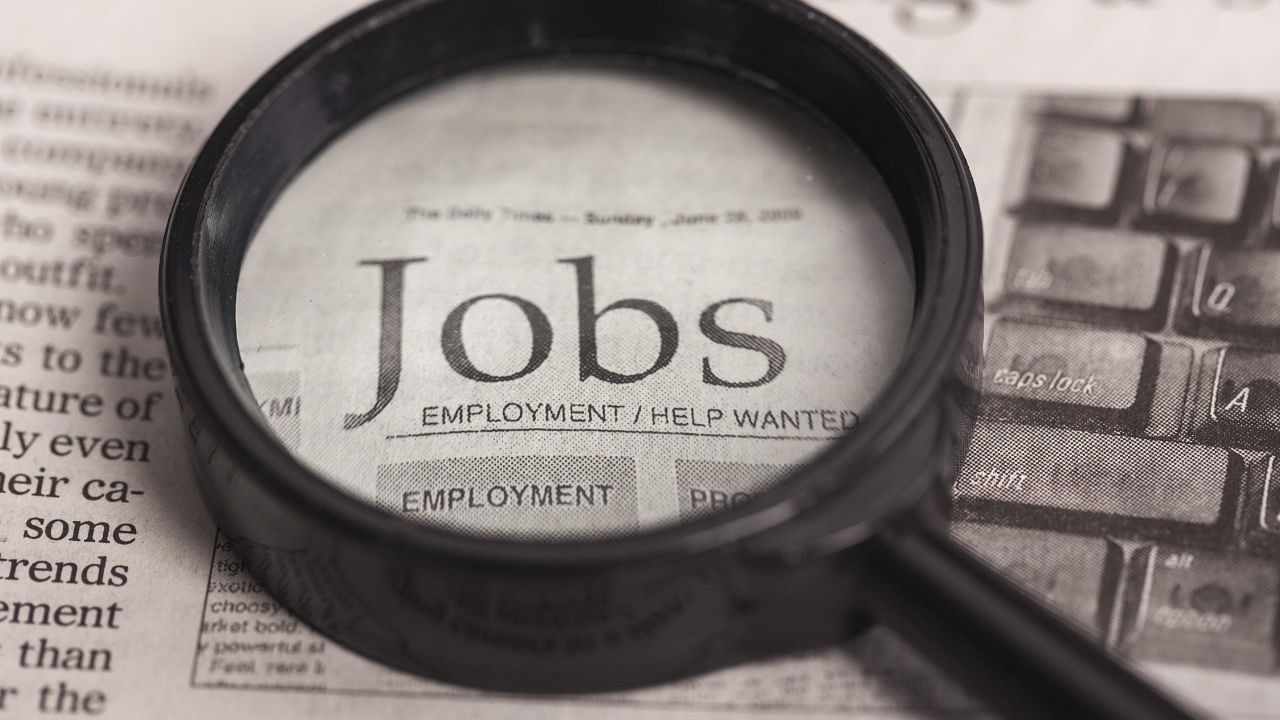
Image for representation.
Credit: iStock Images
As job growth has slowed and unemployment has crept up, some economists have pointed to a sign of confidence among employers: They are, for the most part, holding on to their existing workers.
Despite headline-grabbing job cuts at a few big companies, overall layoffs remain below their levels during the strong economy before the pandemic. Applications for unemployment benefits, which drifted up in the spring and summer, have recently been falling.
But past recessions suggest that layoff data alone should not offer much comfort about the labor market. Historically, job cuts have come only once an economic downturn was well underway.
The Great Recession, for example, officially began at the end of 2007, after the bursting of the housing bubble and the ensuing mortgage crisis. The unemployment rate began rising in early 2008. But it was not until late 2008 -- after the collapse of Lehman Brothers and the onset of a global financial crisis -- that employers began cutting jobs in earnest.
The milder recession in 2001 offers an even clearer example. The unemployment rate rose steadily from 4.3 per cent in May to 5.7 per cent at the end of the year. But apart from a brief spike in the fall, layoffs hardly rose.
Earlier recessions followed a similar pattern, for what economists say is a straightforward reason: Layoffs are disruptive, expensive and bad for morale. So companies try to avoid cutting jobs until they have no choice -- sometimes waiting longer than financial logic would dictate.
"It's costly to lay someone off," said Parker Ross, global chief economist at Arch Capital, an insurer. "That's something that generally firms turn to as a last resort."
Companies may be unusually reluctant to lay off workers now because many struggled to hire after the pandemic recession. Even if business slows, Ross said, employers may prefer to retain workers rather than risk being short staffed again if the economy rebounds.
That reluctance is good news for workers in the short run. But it poses a risk: If the economy worsens more than businesses anticipate, they could be forced to shed workers in a hurry. If that happens, economic conditions could unravel quickly, as job losses cause consumers to pull back on spending, leading to more losses.
"That's what everybody worries about, because unemployment begets unemployment begets unemployment," said Andrew Challenger, senior vice president at Challenger, Gray & Christmas, an outplacement firm that tracks labor market data.
Unemployment can rise even without a surge in layoffs, however. What really distinguishes a recession isn't job losses, but a slowdown in hiring.
That may be counterintuitive, given how synonymous "recessions" and "job losses" are in the popular imagination. Layoffs happen even in a healthy economy -- but when people lose their jobs in recessions, they struggle to find new ones.
"When a hiring manager decides not to fill a position, that doesn't tend to make headlines" the way a plant closing might, said Robert Shimer, a University of Chicago economist. But those decisions -- multiplied across the economy -- can lead to rising joblessness, he said. In a 2012 paper, he found that roughly three-quarters of the fluctuation in the unemployment rate resulted from shifts in the hiring rate.
In other words, it is hiring, not layoffs, that tends to signal a looming recession. And hiring has already slowed.
Employers added just 116,000 jobs per month over the past three months, down from 451,000 during the same period two years ago. Gross hiring -- the total number of people hired, without subtracting those who leave their jobs or lose them -- has fallen to about 5.5 million jobs per month from a record high of nearly 7 million in early 2022.
In 2022, employers were still racing to staff up after the pandemic. A slowdown from that pace was inevitable.
But in recent months, hiring has fallen below the level it was before the pandemic. According to recent research from the Federal Reserve Bank of Minneapolis, that decline has contributed to the modest rise in the unemployment rate -- it was 4.2% in August, up from a 54-year low of 3.4% in early 2023.
Economists caution that the slowdown in hiring does not mean that a recession has begun, or that one is inevitable. It isn't clear to what extent patterns from before the pandemic will apply to the postpandemic economy. And while the labor market has weakened, it is quite strong by most measures.
Still, there are signs that people who need jobs are having more trouble getting them. The share of unemployed workers finding jobs each month has fallen. The number of Americans considered long-term unemployed -- those out of work for more than six months -- has risen. In surveys, workers say they are less confident than they were last year that if they lost their job, they could find a new one quickly.
"Businesses have pulled back," Ross of Arch Capital said. "There's not as much demand for labor, and they're not hiring at the pace they were."